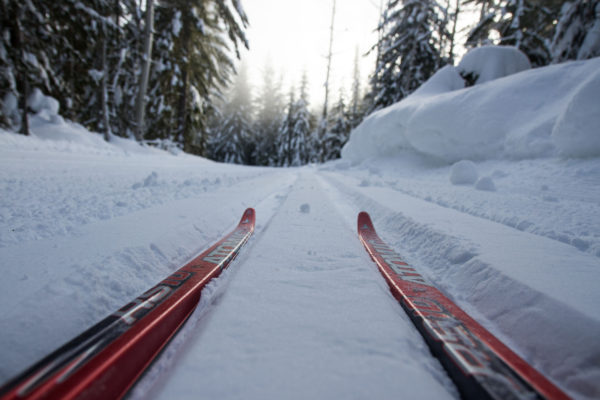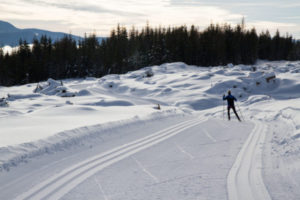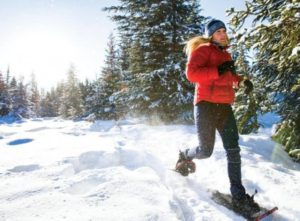One of the best things about cycling is the rush of fresh air and beautiful scenery one gets to experience while out on a ride. So, during the winter months it can be tough to get that same rush if you’re locked in your basement on an indoor set up. Don’t get us wrong, it’s better than spending the winter on the couch, but there are a lot of other great winter activities that can give you that dose of fresh air as well as build up transferable strength and skills that will directly translate into the start of your cycling season. Here are some of the best winter activities that are the best cross training for cyclists.

Why Cross Training?
It may be true that the only way to get better at cycling is to ride more, but research also shows that mixing up your training has a ton of benefits.
- Motivation – As much fun as cycling is, mixing in other activities is a great way to keep up momentum and motivation.
- Build strength – As good as cycling is for your health and overall cardiovascular strength, it is not a weight bearing activity. This may be great for the joints, but if cycling is your only activities it can have a negative effect on your bone density.
- Injury Prevention – Cross training can build up supporting muscles that may not be targeted as much on the bike, but are important for overall stability and keeping muscles balanced.
Cross Training for Cyclists: The Best Winter Activities
Nordic Skiing
Classic Skiing
Classic skiing is the traditional, kick-and-glide, type of skiing with either wax or fish scales on the center of the ski under your feet to push you forward. While downhill skiing engages primarily the legs and core, classic skiing utilizes the upper body as well for a full body workout. Because of the nature of cross country skiing, classic skiing uses a lot of heart and lungs to move you forward, particularly if you have bad technique because you are working that much harder to go the same distance.
Skate Skiing
Skate skiing, like classic skiing, also uses the full body to propel you forward. The difference is that the skis just have glide wax over the entire bottom and a skating motion moving the legs from side to side like ice skating is used to move forward. The big advantage to this type of skiing is that the muscles used are very similar to the ones used in the pedal stroke. You get the cardio and endurance benefit while getting the strength benefit to those cycling specific muscles.
Downhill Skiing
In addition to the strength benefits downhill skiing brings, you’re constantly improving your balance and coordination which also improves your riding when on the bike. Keeping it upright on skis is no easy task especially when starting out. Also, balance isn’t just your brain telling your body which way to move its limbs to stay upright but also the quick firing of the muscles on those limbs to keep you balanced. You’re not only improving how well the brain sends those messages but also how strong and developed those muscles are.
Skiing also forces you to make quick decisions and react to upcoming obstacles such as bumps or trees. Particularly when skiing fast, your brain doesn’t have time to think and analyze every obstacle with great detail. It learns to read, quickly asses, and make a decision on what to do, say go right around a tree or left. The more you practice this, the better you will be at skiing as well as riding as that same thought process is used when riding down the road or trail.
 Snowshoeing
Snowshoeing
Snowshoeing is a great cardiovascular workout, with the added bonus of being low cost and easily mastered. As far as muscles go, snowshoeing utilizes all the major players, and is a much more efficient workout than just walking. Plus, you can explore uncharted territories and venture off the beaten path!
Running
Running is a great option if you’re travelling without your bike, have limited time for a workout, or the roads are covered in snow. It is effective in maintaining the condition of your cardiovascular system and gives you some variety in your training. Running strengthens your bone density in a way that cycling doesn’t, and will keep you top climbing shape when you can’t put the time in on your bike.